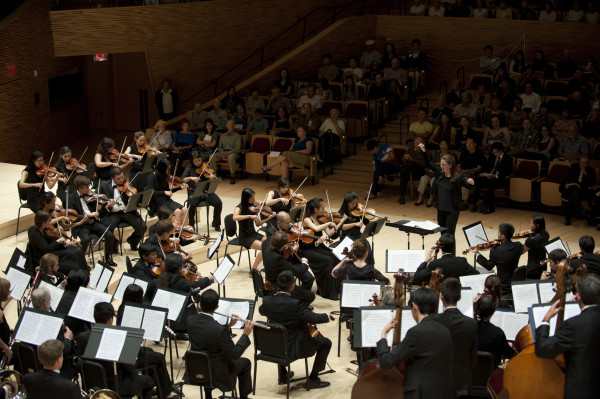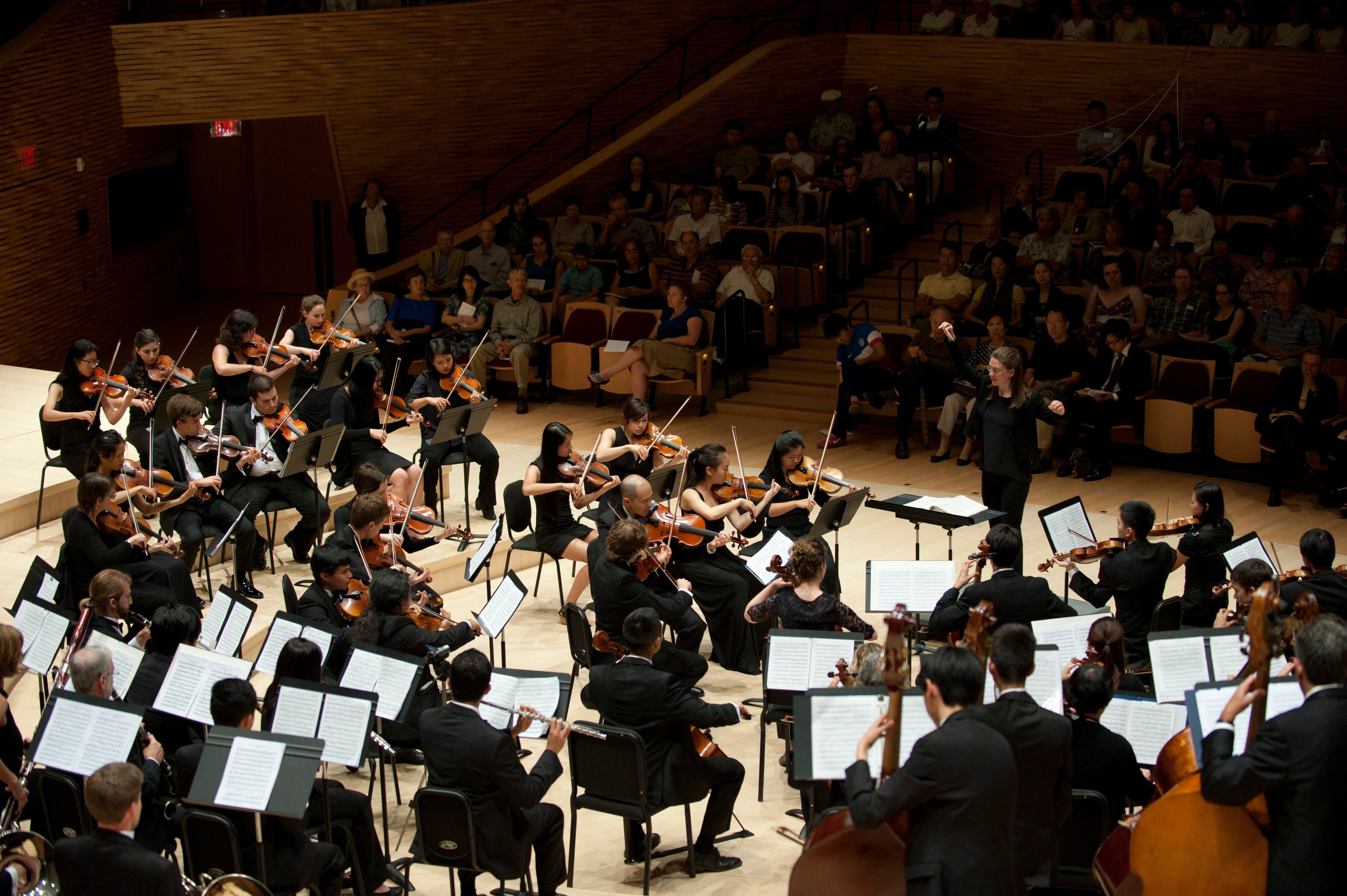
The Bing Concert Hall’s acoustics are incredible, but last Saturday night, the Stanford Symphony Orchestra (SSO) reminded me just how incredible they can be with a talented group. SSO used the impressive venue to its full potential in its first Bing concert of the year, one of two identical performances to take place over the weekend. The two concerts were part of the larger 2015 Sibelius Festival that celebrated the 150th birthday of late Romantic/early modern composer Jean Sibelius, featuring the Stanford Wind Ensemble and guest speakers from Oxford University, Waterloo University and our own music department.
Sibelius’ “Finlandia” began the night with powerful entrances in the brass; abrupt and clean cut-offs allowed the echoes to completely fill Bing. Written for the composer’s home country during a time of political unrest, “Finlandia” heralds “the triumph of a resilient people,” in the words of conductress Anna Wittstruck. SSO certainly captured this sentiment. Not all ensembles can evoke joy in one’s nation with dynamic crescendoes and beautiful phrasing in the strings, or resistance to imperialist Russian rule in dramatic, well-balanced blends of brass and timpani. The ensemble went above and beyond in terms of embodying the character of “Finlandia,” bringing Sibelius’ vision of Finland to life.
Next up was Stanford master’s student Ben-han Sung as the soloist for Pyotyr Tchaikovsky’s “Piano Concerto No. 1.” The concerto, especially its first movement, is one of Tchaikovsky’s best-known works – and Sung and SSO definitely did it justice. From the first, grand opening chords to the final, dazzling and technically-demanding octave runs, Sung made the concerto his own. His remarkable technique enabled him to devote his energies to adding character to the piece, from artfully executed phrasing to fluid body movements that only added to the music. SSO played its part in elevating the soloist, with Wittstruck communicating with both parties and leading the ensemble in a cohesive performance. Though it was a celebration of Sibelius, SSO’s performance of the concerto ensured Tchaikovsky’s work stole the show.
To conclude, Wittstruck led the group through Sibelius’s “Symphony No. 2 in D Major.” The “opening, sighing theme: a three-note ascending gesture of repeated quarter notes” actually chased all thought from my head, demanding that I focus completely on the rich harmony. Again, SSO had no trouble giving emotional depth to the piece, yet ran into some technical bumps along the way – the woodwind soloists were often overpowered by the strings, and the accelerandos were somewhat hesitant. However, there were also moments of pure technical excellence: 11 cellists’ pizzicato sounding as one, clean unison articulations in the brass.
Undoubtedly, the audience members that managed to get a ticket to the sold-out concert left Bing with uplifted smiles and visions of grandeur, just as Sibelius intended. SSO truly brought together ominous apprehension, unbridled joy and every emotion in between for a night of celebration.
Contact Serena Wong at serenaw ‘at’ stanford.edu.
